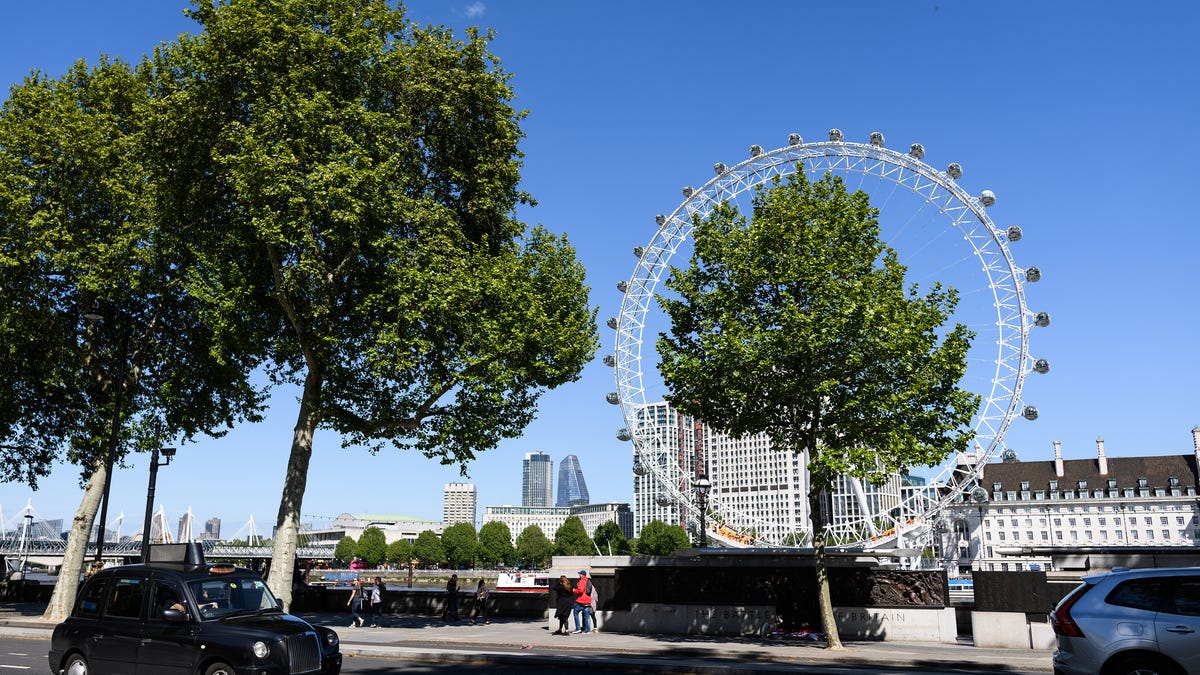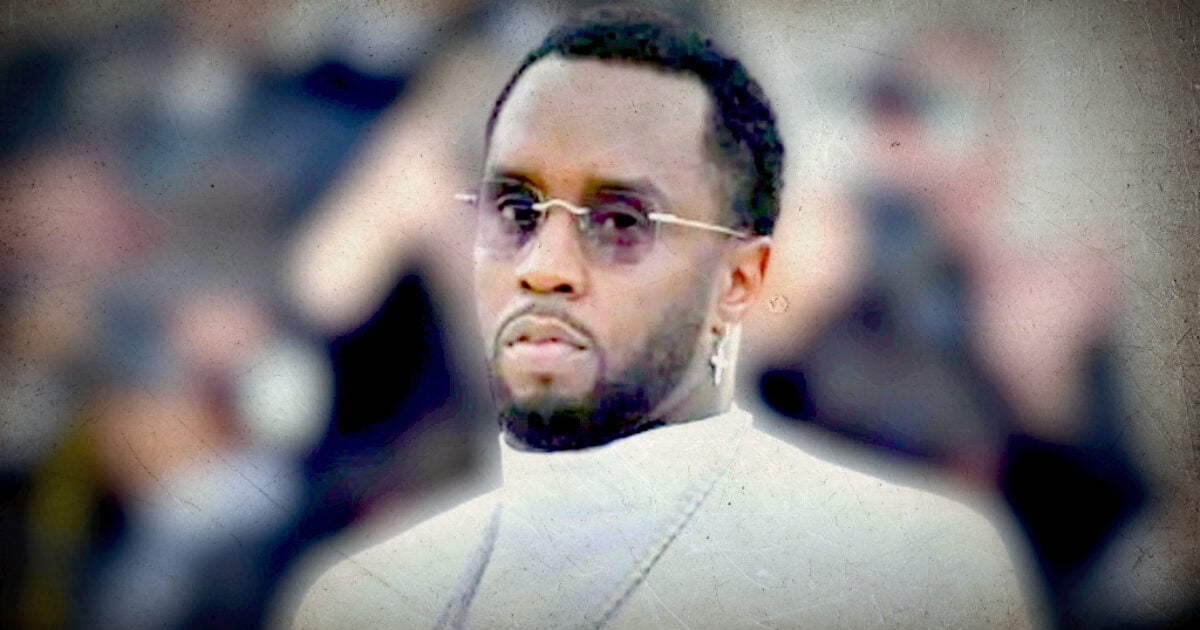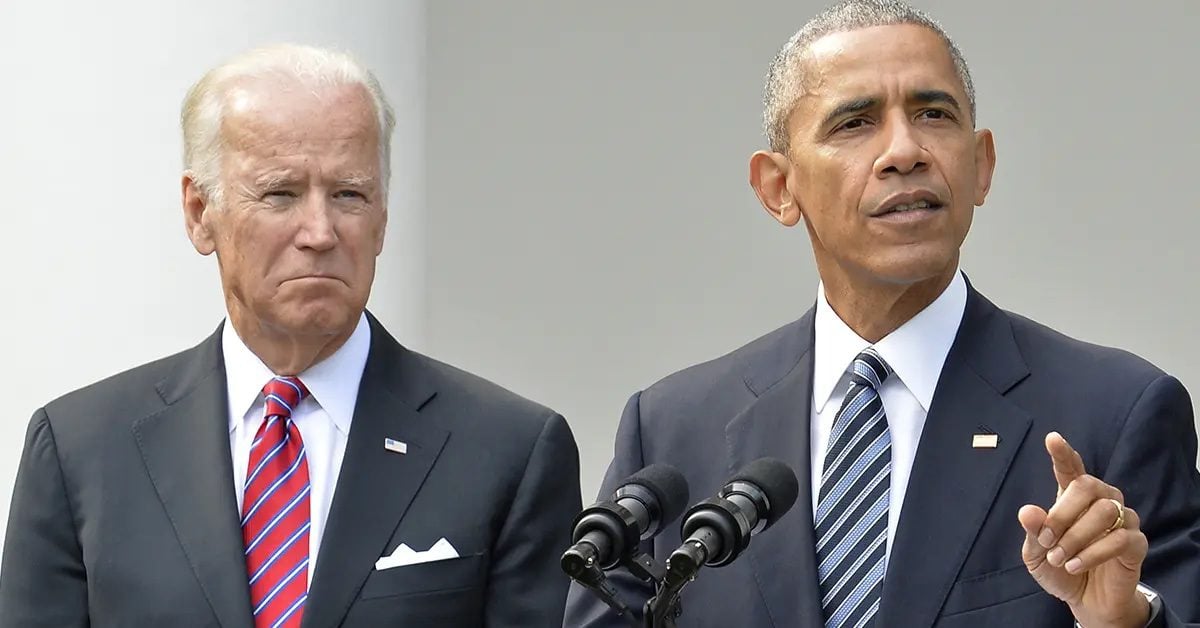Climate Change Impact on Urban Trees
Climate change is disrupting the natural cycles of trees in urban environments, leading to increased stress, vulnerability to pests, and a decline in overall tree health. This shift is particularly evident in regions like the Pacific Northwest, where extreme heat domes and dry spells are taking a toll on beloved trees like conifers and maples. As temperatures continue to rise, the need for strategic tree planting in cities becomes more urgent.
Challenges Faced by Native Trees
Native trees, in particular, are struggling to adapt to rapidly changing conditions as a result of climate change. Many beloved species from around the world, such as baobabs in Senegal and fig trees in Sydney, are facing increased stress and mortality. The impact of climate change on urban trees is a pressing concern for urban arborists, who emphasize the importance of planting for the future to prevent a decline in urban tree cover.
Importance of Diverse Tree Species
Experts are advocating for the planting of a high number of diverse tree species to ensure resilience and adaptability in urban forests. While native trees have traditionally been favored for sustainability, there is a growing recognition that non-native species can also offer valuable contributions to urban ecosystems. By strategically selecting tree species based on their ability to thrive in changing climates, cities can strengthen their urban canopy.
Strategies for Future Tree Planting
Urban forestry programs are exploring innovative strategies to source and plant new tree species that are better suited to future climate conditions. By looking to regions with similar climates and adapting native species through selective breeding, cities can create resilient urban forests that can withstand the challenges of a changing climate. Additionally, a block-by-block approach to planting guidelines allows for tailored solutions that address the unique climate needs of different city neighborhoods.
Balancing Preservation and Adaptation
While preserving native species is important for cultural and ecological reasons, experts are emphasizing the need to adapt urban tree populations to the realities of climate change. By incorporating a mix of native and non-native species that can thrive in changing conditions, cities can enhance biodiversity and create more resilient urban ecosystems overall. This approach requires careful consideration of the long-term health and sustainability of urban trees.
Image/Photo credit: source url





